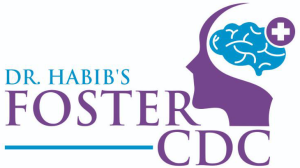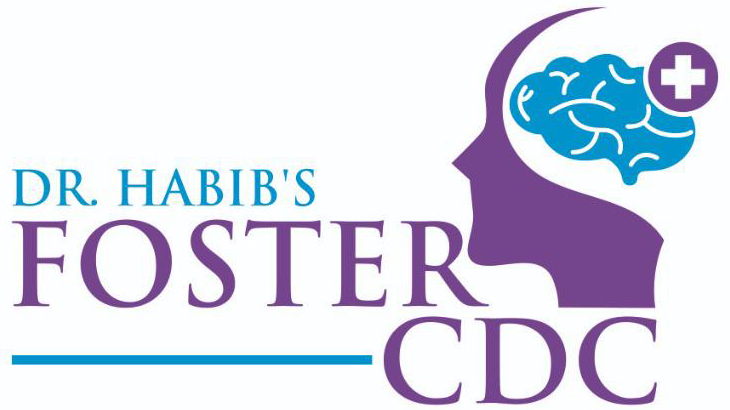Ataxia telangiectasia is also known as Louis-Bar syndrome. It is a very rare childhood genetic disorder that occurs in about 1 in 50,000 to 100000 children worldwide. The term ataxia refers to uncontrolled and uncoordinated movement – walking. It is known as telangiectasia as the blood vessels are enlarged below the surface of the skin (telangiectasia). The enlarged blood capillaries look like red, spider-like veins. Ataxia-telangiectasia affects the brain and other body parts.
What are the causes of Ataxia-telangiectasia?
Ataxia telangiectasia causes: It is a genetic disorder (autosomal recessive trait, which is inherited when both the father and mother pass a copy of the gene to the child – who develops the symptoms of the disorder). This disorder affects both the sexes and it results due to mutations in the Ataxia telangiectasia (ATM) gene. The mutation in the gene causes abnormal cell death in the part of the brain that helps in coordination and movement.
What are the symptoms of Ataxia?
Ataxia telangiectasia symptoms: The symptoms of Ataxia include the following: jerky movement while walking, unsteadiness in late childhood due to decreased coordination and cerebellar ataxia; delayed walking, abnormal or jerky eye movements; slow or decreased mental development that stops after age 10 to 12; skin discolouration of the areas exposed to sunlight; enlarged blood vessels in the ears, nose, elbows, knees and in the whites of the eyes; premature greying of hair; severe recurring respiratory tract infections; seizures, milk-with-coffee-coloured spots on the skin and increased sensitivity to radiations.
How is Ataxia Telangiectasia diagnosed?
A paediatric neurologist or a neuro physician after an initial physical examination and knowing the previous medical history of the patient does a detailed physical examination, which may show signs of the following conditions: lymph nodes, tonsils, reduced spleen size, delayed physical and sexual development, absence of deep tendon reflexes, growth failure with facial abnormalities, skin discolouration and texture changes.
After the initial clinical examination, the physician may recommend these tests: Glucose tolerance test, serum IgE, IgA (immunoglobulins) levels, X-rays to know the size of the thymus gland, B and T cell screening, alpha-fetoprotein test, carcinoembryonic antigen and genetic tests to detect the mutations in the ATM gene.
What are the possible complications of Ataxia?
The possible complications of the disorder may include the following: Ataxia may lead to a progressive mental disorder, which may lead to disability; kyphosis, scoliosis, severe recurrent respiratory tract infections, diabetes and even cancer like lymphoma.
Early death is common in this condition; however, life expectancy varies in individuals. Children with Ataxia are very sensitive to the respiratory tract and skin infections and therefore care should be taken not to expose them to vulnerable environments and radiations. Unnecessary X-rays should be avoided as much as possible and they should not be given radiation therapy as well.
How can Ataxia-telangiectasia be prevented?
For couples with a family history of this disorder who are planning for a child, it would be better to undergo genetic screening and counselling. In addition to the child suffering from this condition, his/her parents are also at an increased risk for cancer. Therefore, it would be better for both the child and their parents to have genetic and cancer screening done.
What is the treatment?
There is no specific treatment for ataxia-telangiectasia. Treatment is directed at specific symptoms.
When to Contact a Medical Professional?
Whenever a child develops the symptoms of the condition, contact a neuro-physician at the earliest.


